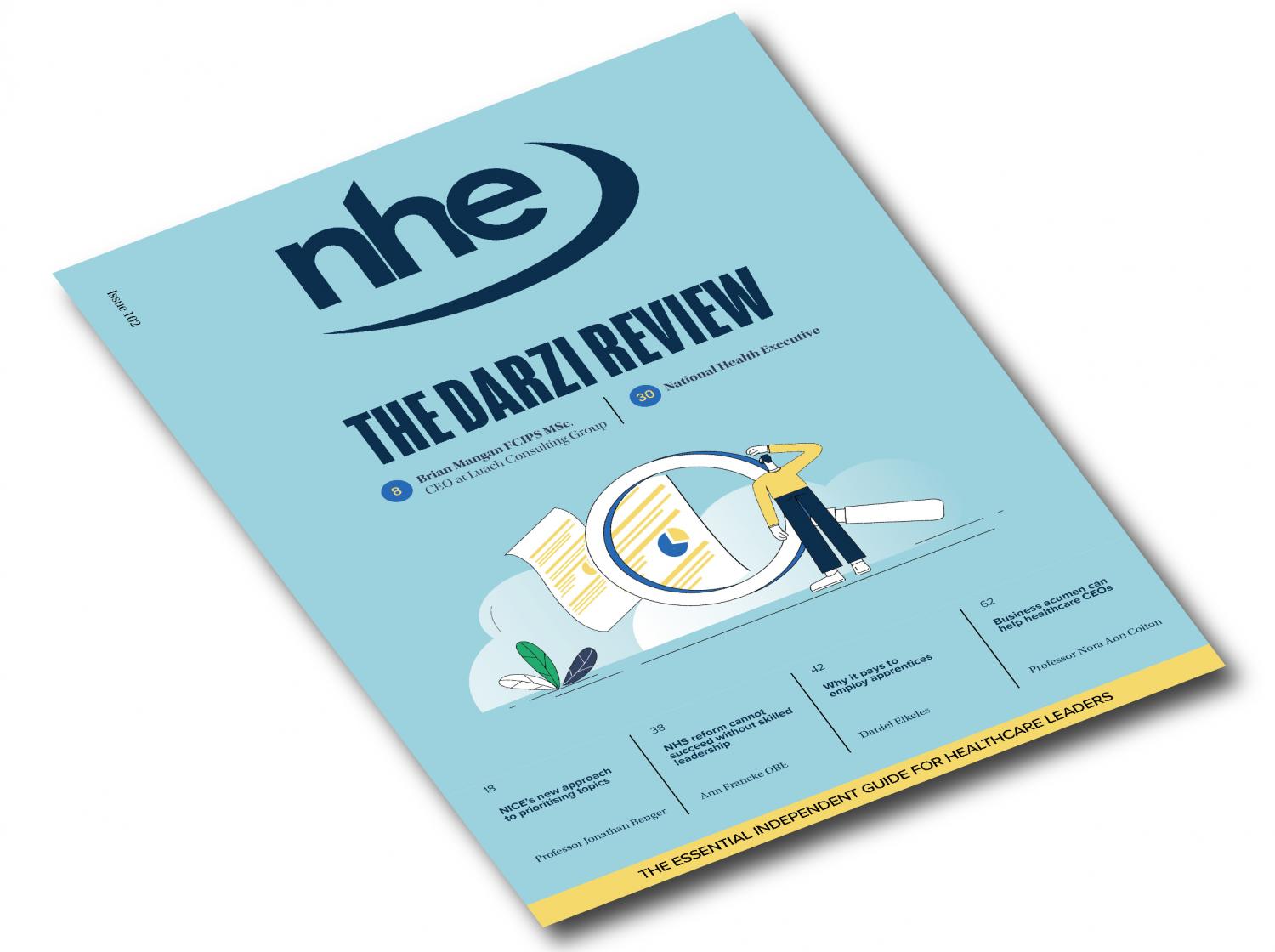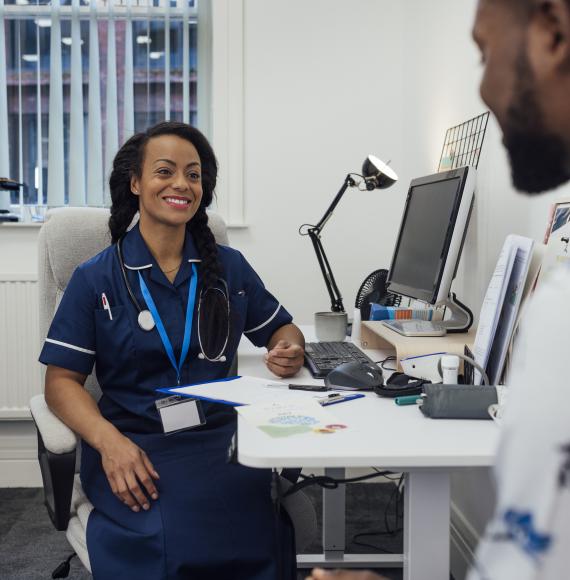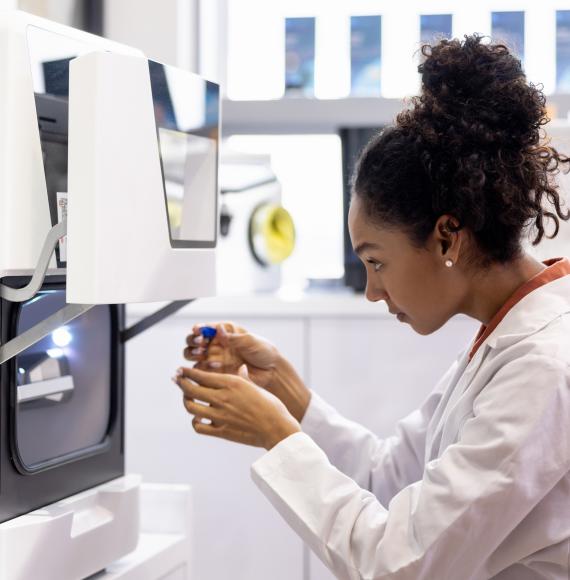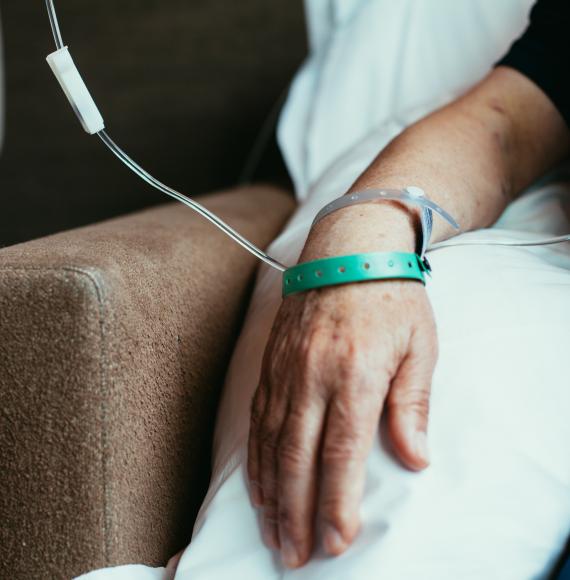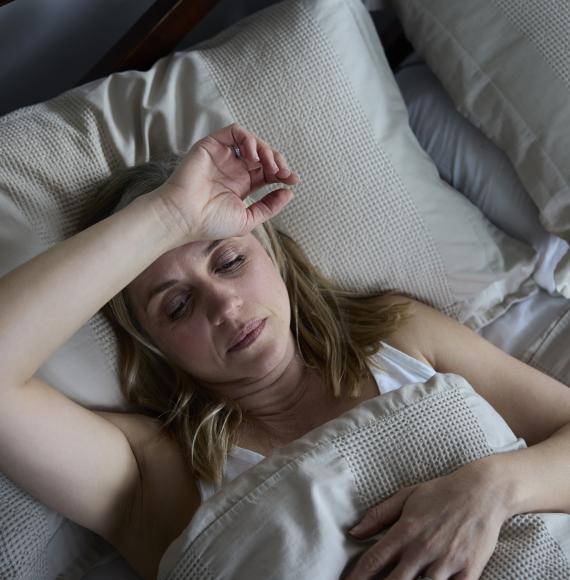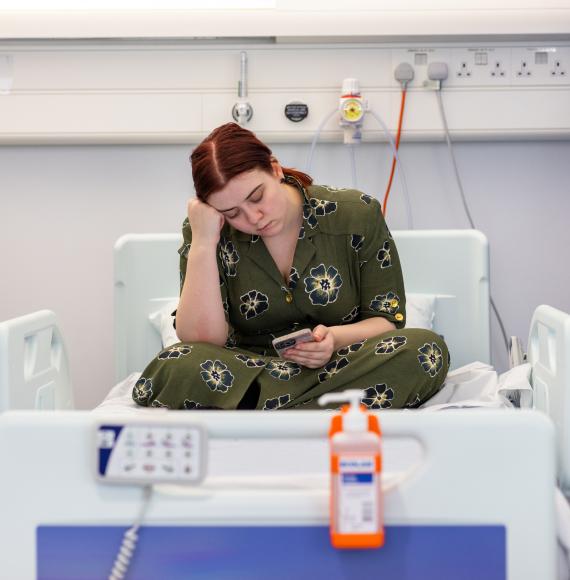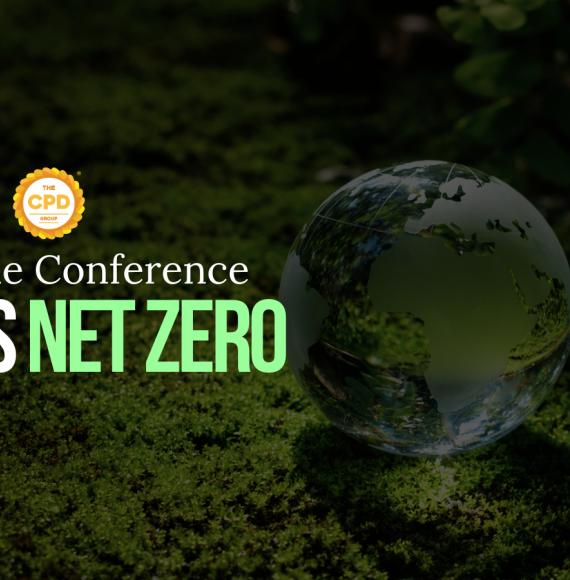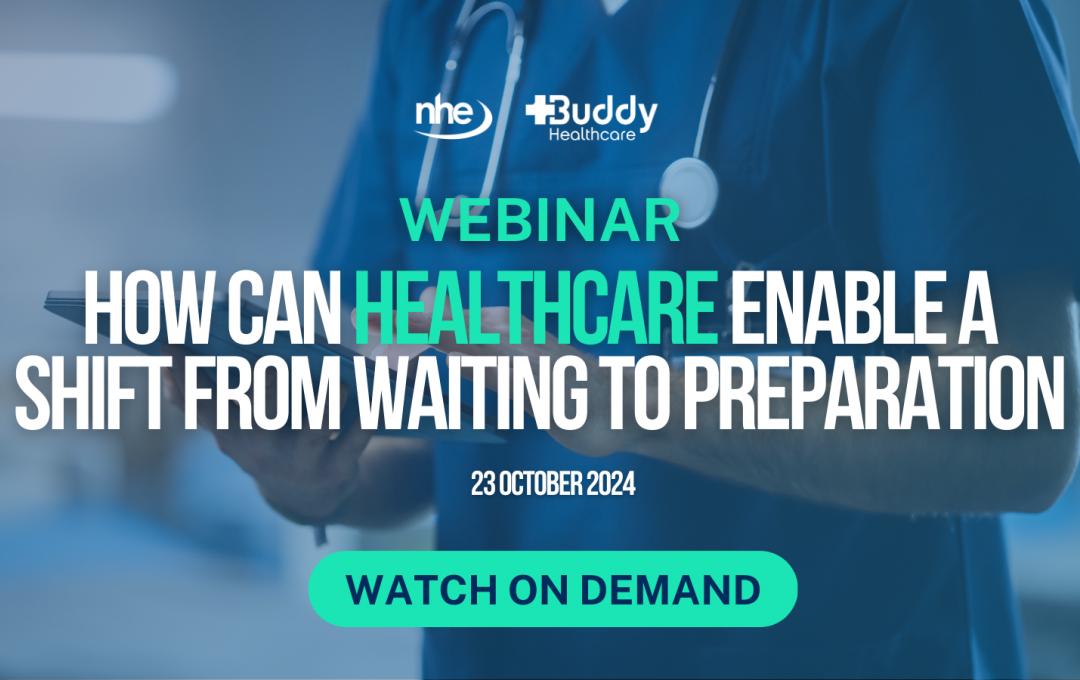Having spent over 15 years working within the healthcare waste industry, it’s fair to say I’ve come across a few myths. Whilst many have changed over the years, a handful have been persistent in sticking around and keeping people misinformed.
So join me as we debunk seven healthcare waste myths…
Myth #1
All Healthcare Waste Is Infectious
This is a classic myth that found a renewed following in the wake of the pandemic and is one of the biggest culprits behind the mass overtreatment of healthcare waste, leading to inflated carbon emissions and unnecessarily high costs.
A scientific research paper published in 2023 – Healthcare Waste—A Serious Problem for Global Health¹ – found that of the total waste generated by healthcare activities, only around 15% is considered hazardous material that may be infectious, toxic or radioactive.
NHS England wouldn’t have set a 20-20-60 waste split target as part of its Clinical Waste Strategy if that couldn’t be achieved, that’s why in some cases it can be exceeded.
More often than not, the key to fixing this is providing training and education to raise awareness of what is and isn’t clinical waste and where offensive waste comes into the equation.
It’s about understanding what waste you’re actually producing and having a focused approach to the right disposal option for that waste – is it genuinely infectious and needs to go in the orange bag stream, or could it go into the offensive, general or recycling streams?
This myth has been around for a long time and has given clinical staff a semi-conscious bias to dispose of waste in the higher waste streams ‘just in case’, without suspecting or knowing it to be infectious.
This myth leads us nicely into the next one…
Myth #2
All Healthcare Waste Is Incinerated or Goes to Landfill
This one doesn’t help with preventing waste overtreatment, after all, if you believe that waste treatment is always unsustainable and just gets burned at high temperatures or buried, what’s the point in spending your time learning to classify and segregate it correctly?
This requires an understanding of the different types of treatment available, so let’s squash this one with some data…
There are currently two treatment routes for clinical waste – your waste that’s been deemed as posing a risk of infection, disease, or harm to anyone who comes into contact with it – high-temperature incineration and alternative treatment.
Whilst high-temperature incineration and alternative treatment are both forms of treatment for infectious waste, they differ considerably in CO2e output. Let’s see the difference in carbon emissions using the same assumptions you’ll find in your ERIC reports.
High-temperature incineration assumes no energy or product recovery is in place, includes both incineration and transportation emissions and results in 901.29 kgCO2e per tonne of waste treated.
According to the 2022-23 ERIC report, 41,400 tonnes of waste was treated via this method.
Alternative treatment assumes energy or product recovery is in place, includes sterilisation and transportation emissions only and results in 359.29 kgCO2e per tonne² of waste treated.
According to the 2022-23 ERIC report, 75,000 tonnes of waste was treated via this method.
To demonstrate the true cost of overtreating waste, the carbon emissions from offensive waste treatment are 21.29 kgCO2e per tonne of waste treated.
The 2022-23 ERIC report shows 43,700 tonnes of waste treated via that method. To reiterate the NHS Clinical Waste Strategy’s 20-20-60 waste split target, the aim is that offensive waste makes up 60% of clinical waste.
When it comes to domestic waste being sent to landfill, it’s becoming less and less each year, especially with the big push to eliminate landfill as an option.
Quite surprisingly, the ERIC data shows that only 18.5k of Domestic waste went for incineration, with recycling at around 60k. It’s also worth mentioning that around 20% goes to landfill with the rest going for incineration or recycling.
Myth #3
It’s Unsafe to Reuse Medical Items
Here’s another myth built on the foundation of everything being infectious that leads to unnecessary costs and carbon emissions, resulting in untold amounts of medical equipment needlessly wasted.
One key example of a historically extremely wasteful medical item is walking aids.
Walking aids and many other medical items provide the perfect opportunity for re-use and it’s not overly difficult to put the processes in place to make this happen – even if certain items must go through quality checks or back to the manufacturer for refurbishment.
Not everything needs to go into the bin just because it’s been touched by another patient.
Myth #4
Once It’s in the Bin, It’s No Longer Your Problem
If I had to debunk this myth in three words I’d simply say: ‘Duty of care.’
ALL waste streams hazardous and non-hazardous are covered by duty of care which is intended to prevent pollution or harm from any waste activities, ensuring waste is disposed of correctly and only given to businesses authorised to take it.
This involves understanding the responsibility you have with the waste you’re generating and the correct handling, packaging and consignment requirements.
It also helps to have an awareness of the backend process of the waste, such as how it’s transported, where it goes to and if they’re permitted to treat the waste you’re disposing of – not all waste can go to any collector.
It can be easy to feel like any bin will do and once the waste is in there that’s the end of it, but this thinking can lead to harm coming to others that are managing that same waste further down the line.
You wouldn’t put your old microwave in your recycling bin at home after all. Well, hopefully not…
Myth #5
Labelling Containers Isn’t Important
This myth stands in direct opposition to the Carriage of Dangerous Goods (CDG) transportation regulations.
Proper disposal of clinical waste, especially sharps, is crucial for maintaining compliance within any healthcare setting.
Before the waste is removed from site, it’s essential to ensure that all handling, packaging, and labelling procedures adhere strictly to legal requirements. Given the hazardous nature of clinical waste, comprehensive documentation is likely necessary to meet environmental regulations.
For sharps disposal, the sharps bin must be marked with the disposal date and the signature of the responsible individual prior to removal. You’re adding your details to a sharps container to take ownership of that waste so it can be traced back if there are any issues.
Myth #6
It’s up to Waste Contractors to Ensure Sustainable Waste Treatment
There’s an element of truth to this myth as waste service providers should do their utmost to ensure the most sustainable outlets are used when treating your waste, but a waste contractor can only do something with the waste you give them.
The most sustainable thing you can do as a waste producer is try not to produce the waste in the first place – prevention reigns at the top of the waste hierarchy. The first three steps of the waste hierarchy sit with the waste producer more than the waste collector.

By viewing waste through this lens, you can ask: ‘How can we prevent waste? If we can’t prevent it, how can we minimise it? If we can’t minimise it, can we reuse it? Etc.’
So whilst waste service providers can help in some ways to reduce CO2e at the backend, the low hanging fruit that yields the best results lies with the producer.
Myth #7
Reporting Needlestick Injuries Is Pointless
Sharpsmart was founded with the mission to reduce incidents of sharp injuries from clinical waste handling in healthcare and advocate for higher safety standards – that mission is still ongoing and part of that is debunking myths like this one.
The importance of reporting needlestick injuries (NSIs) cannot be overstated. NSI data is the driving force behind the innovations to reduce needlestick injuries by documenting how and why they happen, this understanding is necessary to eliminate them.
In the Royal College of Nursing’s (RCN) Blood and Bodily Fluid Exposures³ survey, published in 2020, it was shown that 17% of the 7,571 survey respondents didn’t report a sharps injury to anyone. The top three reasons for not reporting were:
- They considered the injury risk to be low (39%)
- Told a manager or colleague instead (19%)
- Saw no benefit in reporting (15%)
Needlestick injuries are one of the biggest occupational hazards within the healthcare environment and as such, this myth needs debunking in its entirety – ALL sharps injuries should be reported whenever they occur.
Are There Any More Myths You’d Add to the List?
Seven felt like an optimal amount of myths to include in this list, but there are plenty more. Even some of the ones I did include could’ve been broken into subcategories!
Healthcare waste is a complex topic and this is why it’s so important that we all do everything we can to raise awareness, share knowledge, and create a safer and more sustainable healthcare industry.
Image credit: Sharpsmart



